This week, we’re going to talk about the heyday of Japanese Christianity during the Imperial era: the 1870s and 1880s, when the church, finally free of government restriction, began to grow. But behind that growth lurked a dangerous reality about the religion’s relationship with the state.
Sources
Iwai, Shuma. “Japanese Christianity in the Meiji Era: An Analysis of Ebina Danjo’s Perspective on Shintoistic Christianity. Transformation 25, Vol 4 (October, 2008).
Fukase-Indergaard, Fumiko, and Michael Indergaard. “Religious Nationalism and the Making of the Modern Japanese State.” Theory and Society 37, No 4 (August, 2008).
Ballhatchet, Hellen. “Confucianism and Christianity in Meiji Japan: The Case of Kozaki Hiromichi.” The Journal of the Royal Asiatic Society of Great Britain and Ireland 2 (1988).
Irokawa, Daikichi. The Culture of the Meiji Period. Princeton: Princeton University Press, 1985.
Ikado, Fujio. “The Origin of the Social Status of Protestant Christianity in Japan (1859-1918).” Contemporary Religions in Japan 2, No 1 (March, 1961).
Images
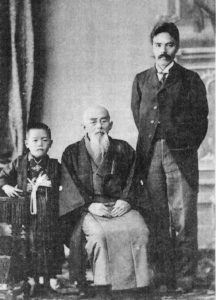
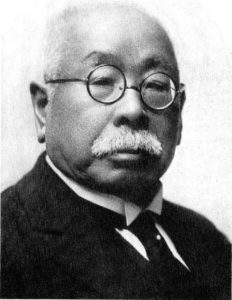
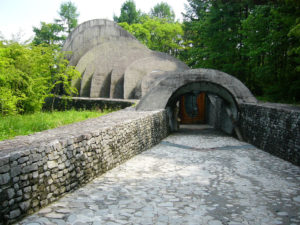

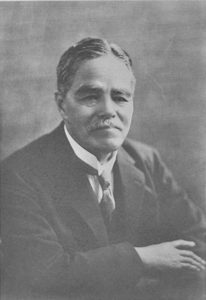
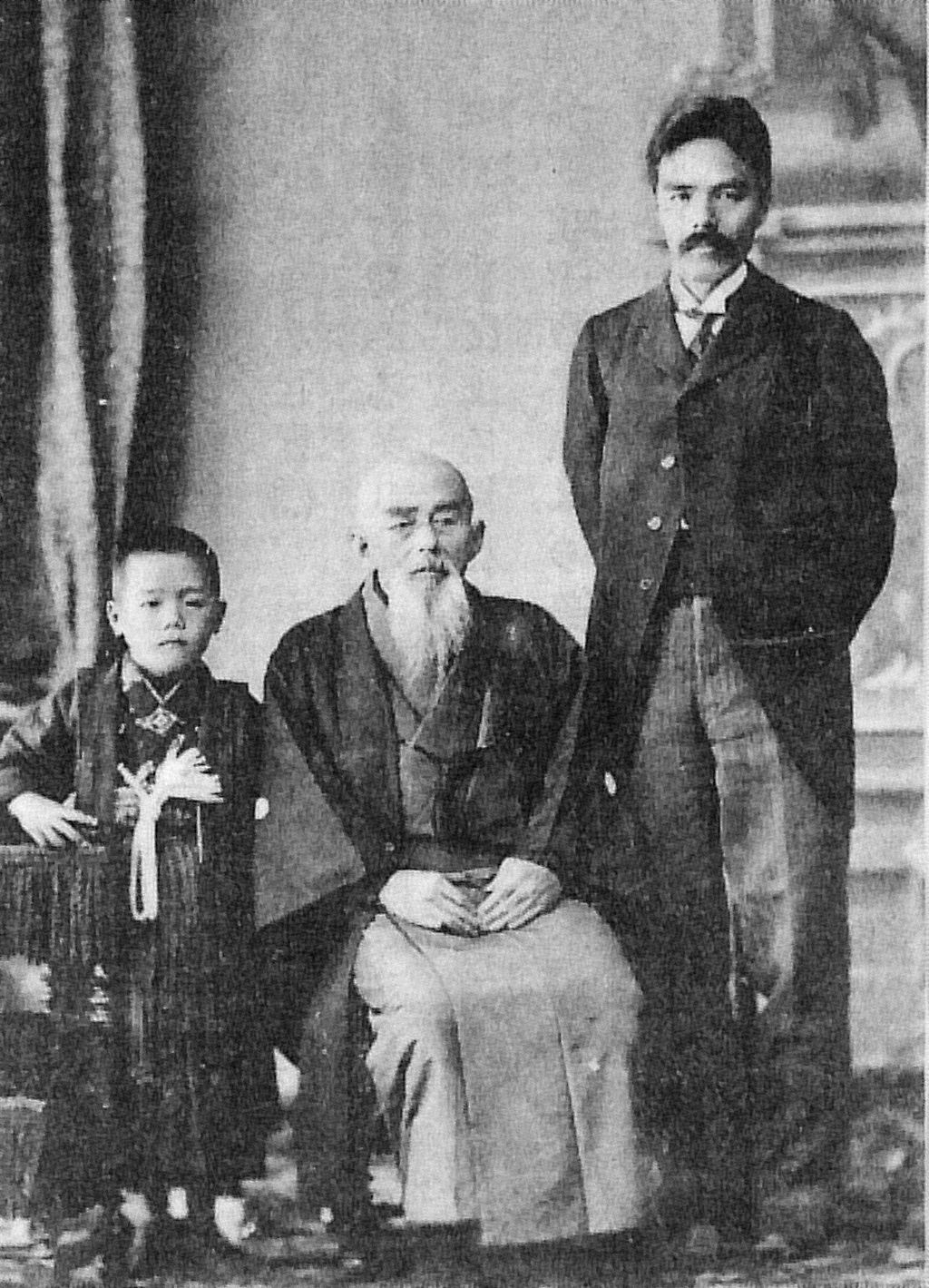
There are still Kirishitans today who keep the ancestor-worshipping syncretic Christianity of the Edo Period, but they’re very few in number and dying out due to the demographic crisis.
I’ve seen some examples of kirishitan crucifix netsukes. How would they be able to walk around with an obvious christian symbol and not get caught for it?